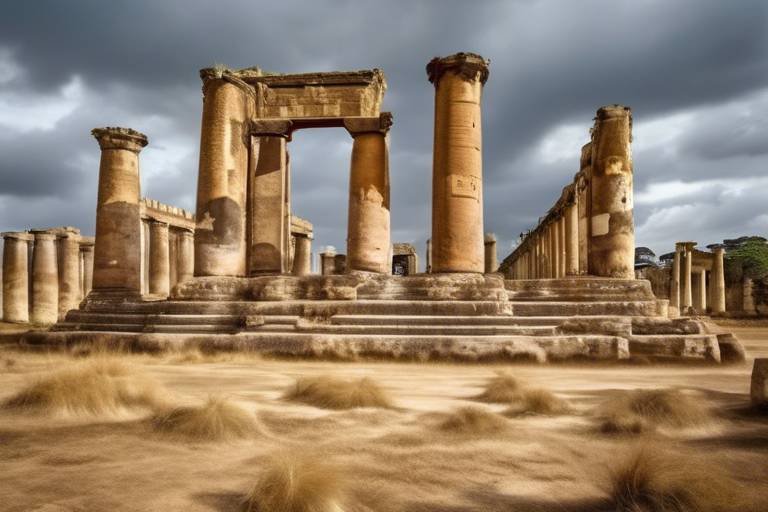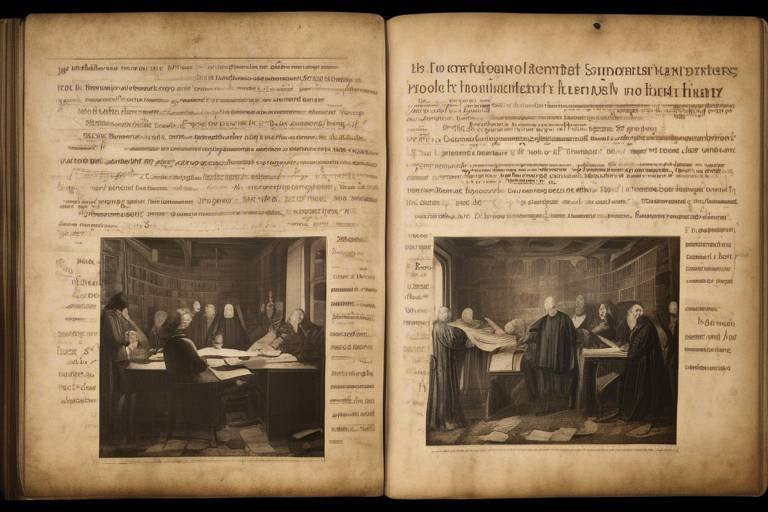The Role of Myth in Shaping Ancient Worldviews
Mythology played a pivotal role in shaping the ancient worldviews of various civilizations, offering a lens through which people interpreted the mysteries of existence and their place within the cosmos. These myths were not just fanciful tales but served as foundational narratives that influenced beliefs, values, and behaviors across diverse cultures.
Ancient societies relied on mythological creation stories to explain the origins of the universe, humanity, and the natural world. These narratives provided a framework for understanding the divine forces at work and the fundamental questions of existence, offering a sense of order and purpose in an otherwise chaotic world.
Legends of mythical heroes and deities served as moral exemplars, embodying virtues and vices that resonated with societal norms and aspirations. These larger-than-life figures provided guidance on ethical conduct and personal growth, shaping the moral compass of individuals and communities.
Rituals and ceremonies inspired by myths were integral to religious practices, fostering a sense of unity and shared identity among believers. These communal activities reinforced cultural values, strengthened social bonds, and upheld traditional customs that were deeply rooted in mythological narratives.
Ancient tales of mythical creatures and monsters tapped into primal fears and desires, offering allegorical lessons on human nature and the consequences of moral choices. These fantastical beings symbolized the unknown, serving as cautionary tales or sources of inspiration that reflected the collective psyche of a culture.
Beliefs in the afterlife, as depicted in mythological narratives, shaped attitudes towards mortality and the concept of transcendence. These stories provided solace in the face of death, offering hope for an eternal existence beyond the physical realm and influencing how individuals approached life and death.
Mythical accounts of creation and destruction mirrored cyclical patterns in nature and human experience, underscoring the interconnectedness of all living beings and the impermanence of existence. These narratives highlighted the ebb and flow of life, emphasizing the need to embrace change and find meaning in the larger cosmic order.
The symbolism of myths permeated artistic expressions and architectural designs, infusing cultural artifacts with layers of meaning and significance. Mythical motifs adorned temples, sculptures, and paintings, serving as visual reminders of shared beliefs and values that transcended time and space.
The enduring legacy of mythology continues to shape modern thought, influencing literature, art, and philosophy with its timeless themes and archetypal motifs. The rich tapestry of ancient myths remains a source of inspiration and contemplation, inviting us to explore the depths of human experience and the mysteries of the universe.
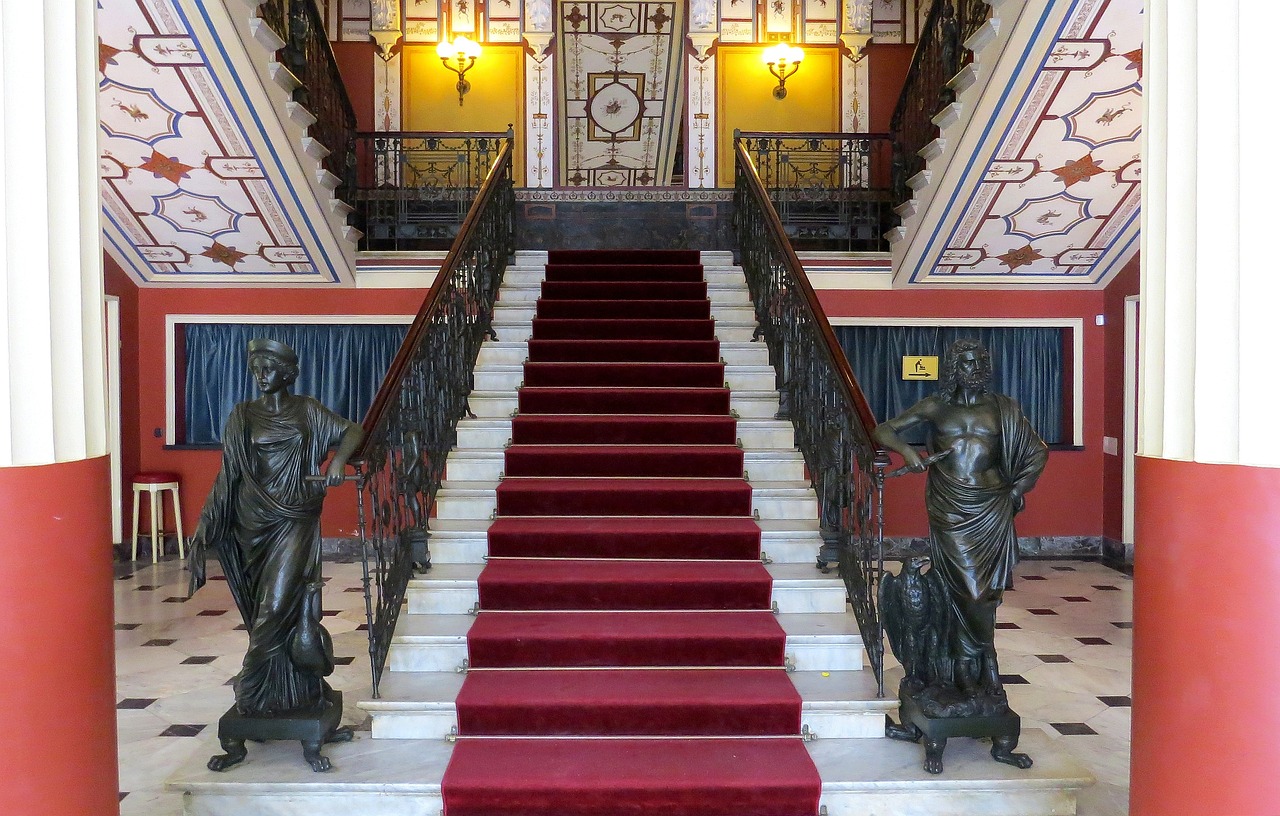
Mythological Creation Stories
Mythological creation stories hold a significant place in ancient cultures, serving as foundational narratives that explain the origins of the world and humanity. These myths were not merely tales but intricate explanations that shaped how people viewed their existence and the divine forces at play. Across civilizations, from the Greek myth of Gaia and Uranus to the Egyptian story of Atum-Ra, these creation myths provided a framework for understanding the universe and one's place within it.
Within these myths, gods and goddesses often played central roles, symbolizing different aspects of nature and human experience. The stories of creation were not just about the birth of the world but also about the emergence of order from chaos, reflecting the fundamental human desire to find meaning in the seemingly random events of life. Through these myths, ancient societies sought to make sense of the mysteries of existence and the forces that governed the world.
Moreover, these creation stories were not static accounts but dynamic narratives that evolved over time, adapting to the changing beliefs and values of each culture. They were passed down through generations, serving as a cultural touchstone that connected people to their past and provided a sense of continuity in the face of the unknown future. The richness and complexity of these myths offered a tapestry of symbolism and meaning that resonated deeply with individuals and communities alike.
By exploring these mythological creation stories, we gain insight into the profound ways in which ancient societies perceived the world around them. The myths not only provided explanations for natural phenomena but also instilled a sense of wonder and reverence for the mysteries of existence. They were more than just stories; they were windows into the collective soul of humanity, reflecting our deepest fears, aspirations, and beliefs in the grand tapestry of creation.
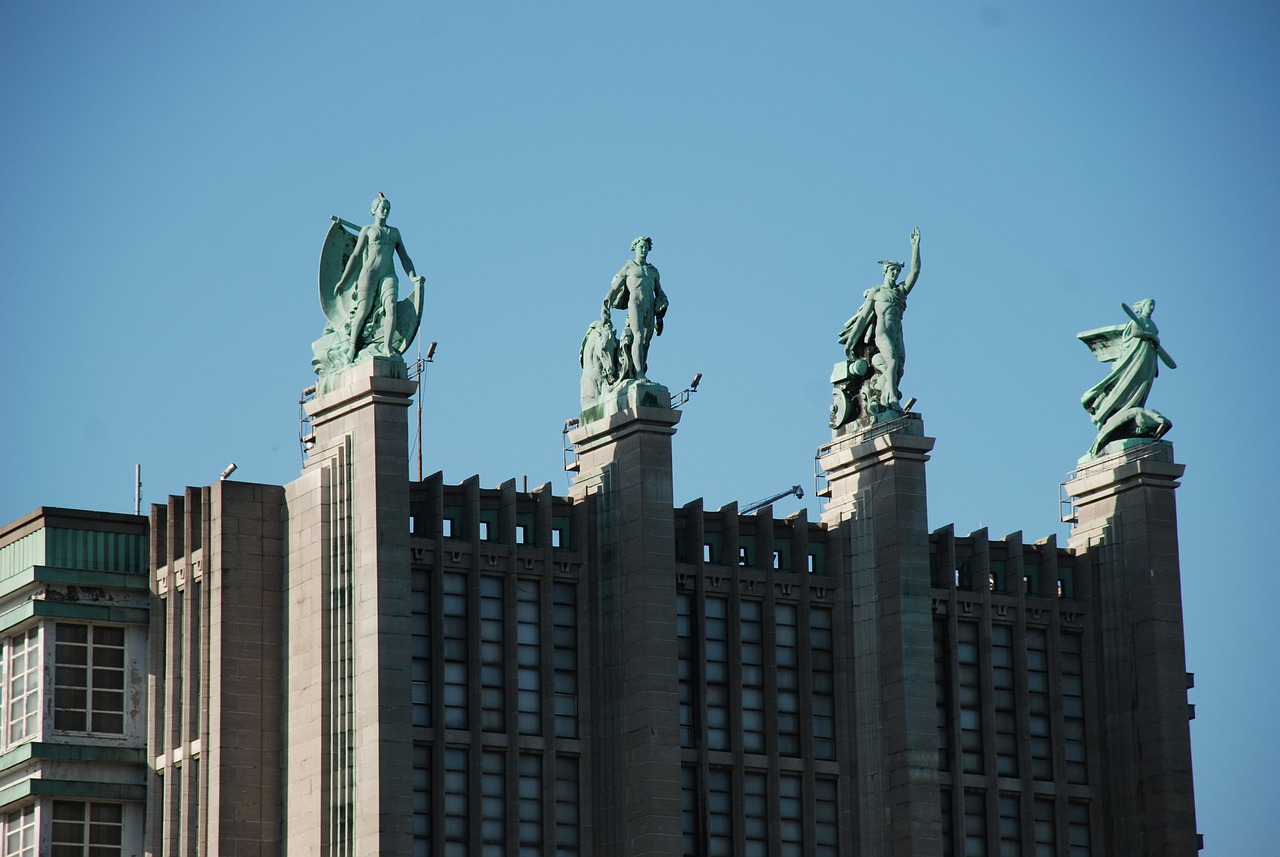
Mythical Heroes and Deities
Exploring how myths influenced beliefs and values in ancient societies, impacting their understanding of the world and their place in it.
Ancient cultures revered mythical heroes and deities, viewing them as embodiments of virtues and powers beyond human reach. These legendary figures served as role models, guiding individuals on the path of righteousness and valor. From the valiant Hercules in Greek mythology to the wise Odin in Norse tales, these heroes symbolized qualities that societies aspired to embody.
Moreover, the pantheon of gods and goddesses in various mythologies represented different facets of life and nature. Whether it was Zeus, the king of the gods in Greek mythology, or Ra, the sun god in Egyptian lore, these deities held sway over the forces of the universe. Their stories not only entertained but also imparted moral lessons, emphasizing the consequences of hubris, loyalty, or betrayal.
Through these mythical heroes and deities, ancient civilizations sought to instill values of courage, honor, and piety in their populace. The tales of their exploits served as moral compasses, guiding individuals in navigating the complexities of life and society.
1. How did myths influence ancient societies?
Myths influenced ancient societies by providing explanations for natural phenomena, guiding moral behavior, and shaping cultural identities.
2. What role did mythical creatures play in ancient myths?
Mythical creatures often symbolized fears, desires, and moral lessons in ancient societies, offering explanations for the unknown and representing deeper truths.
3. How do myths continue to impact modern thought?
The enduring legacy of ancient myths can be seen in contemporary literature, art, and philosophy, showcasing their ongoing relevance in shaping worldviews and cultural narratives.

Mythological Rituals and Ceremonies
Mythological rituals and ceremonies held significant importance in ancient societies, serving as the cornerstone of religious practices and cultural identity. These rituals were not merely formalities but rather deeply symbolic acts that connected individuals to their beliefs and community.
One example of such rituals is the ancient Greek practice of offering sacrifices to the gods during religious festivals. These ceremonies were not just about appeasing the deities but also about reaffirming the bond between humans and the divine, reinforcing the idea of reciprocity in the cosmic order.
In ancient Egypt, the ritual of mummification was a sacred practice believed to ensure a successful journey to the afterlife. The elaborate process of preserving the body reflected the Egyptians' profound belief in the continuity of the soul beyond death and the importance of physical preservation for spiritual transcendence.
Similarly, in Mesopotamia, the annual New Year festival known as Akitu involved reenactments of creation myths and the divine hierarchy, symbolizing the cyclical nature of time and the renewal of cosmic order. Through these rituals, the Mesopotamians sought to align themselves with the gods and participate in the ongoing process of creation and renewal.
Across different cultures, mythological rituals and ceremonies served as a means of not only honoring the divine but also reinforcing social cohesion and shared values. These communal practices created a sense of belonging and unity, fostering a collective identity that transcended individual differences.
Moreover, the symbolism embedded in these rituals often conveyed deeper meanings about the human condition and the relationship between mortals and the supernatural. By participating in these ceremonies, individuals were not only engaging with their cultural heritage but also seeking spiritual fulfillment and a deeper understanding of their place in the cosmos.
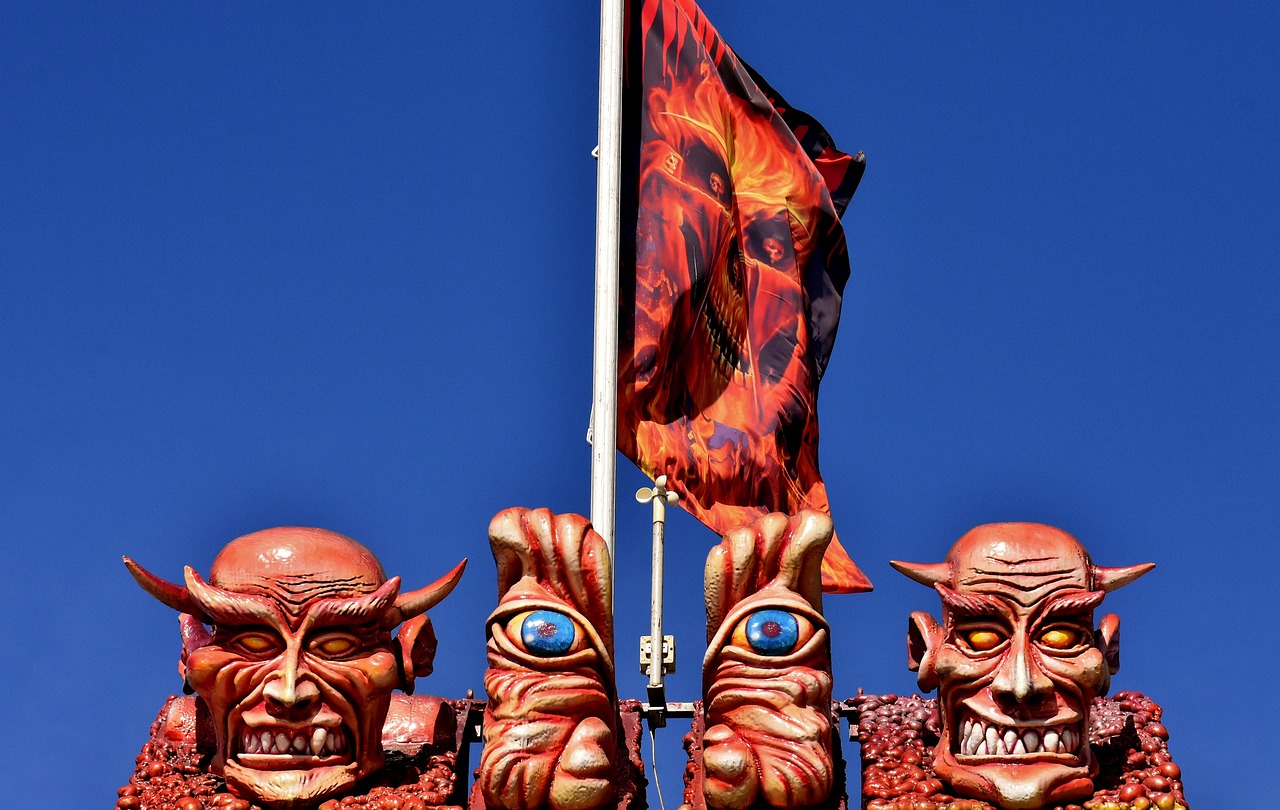
Mythical Creatures and Monsters
Ancient societies were captivated by tales of mythical creatures and monsters, creatures that existed beyond the realms of reality yet held profound symbolic significance. These fantastical beings were not merely figments of imagination but representations of deep-seated fears, desires, and moral lessons. From the menacing Hydra of Greek mythology to the wise dragons of Chinese folklore, these creatures served as conduits for exploring the unknown and imparting valuable insights.
Mythical creatures often embodied humanity's primal fears, manifesting as monstrous beings that threatened the very fabric of society. These creatures symbolized the chaos and unpredictability of the world, serving as cautionary tales against hubris and moral transgressions. The legendary Minotaur, a half-man, half-bull creature confined within the labyrinth, epitomized the consequences of unchecked arrogance and the importance of humility.
Moreover, mythical monsters were not solely agents of terror but also bearers of profound wisdom and guidance. The benevolent Phoenix, a symbol of rebirth and renewal, represented the cyclical nature of life and the enduring resilience of the human spirit. These creatures offered hope in the face of adversity, inspiring individuals to persevere in the face of challenges and embrace transformation.
Through the depiction of mythical creatures and monsters, ancient societies sought to explore the depths of human consciousness and the intricacies of the natural world. These fantastical beings transcended mere storytelling, serving as mirrors that reflected the complexities of human emotion, morality, and existential dilemmas. Whether embodying the darkness of the underworld or the light of divine wisdom, these creatures enriched the mythological tapestry of ancient cultures and continue to fascinate and inspire to this day.
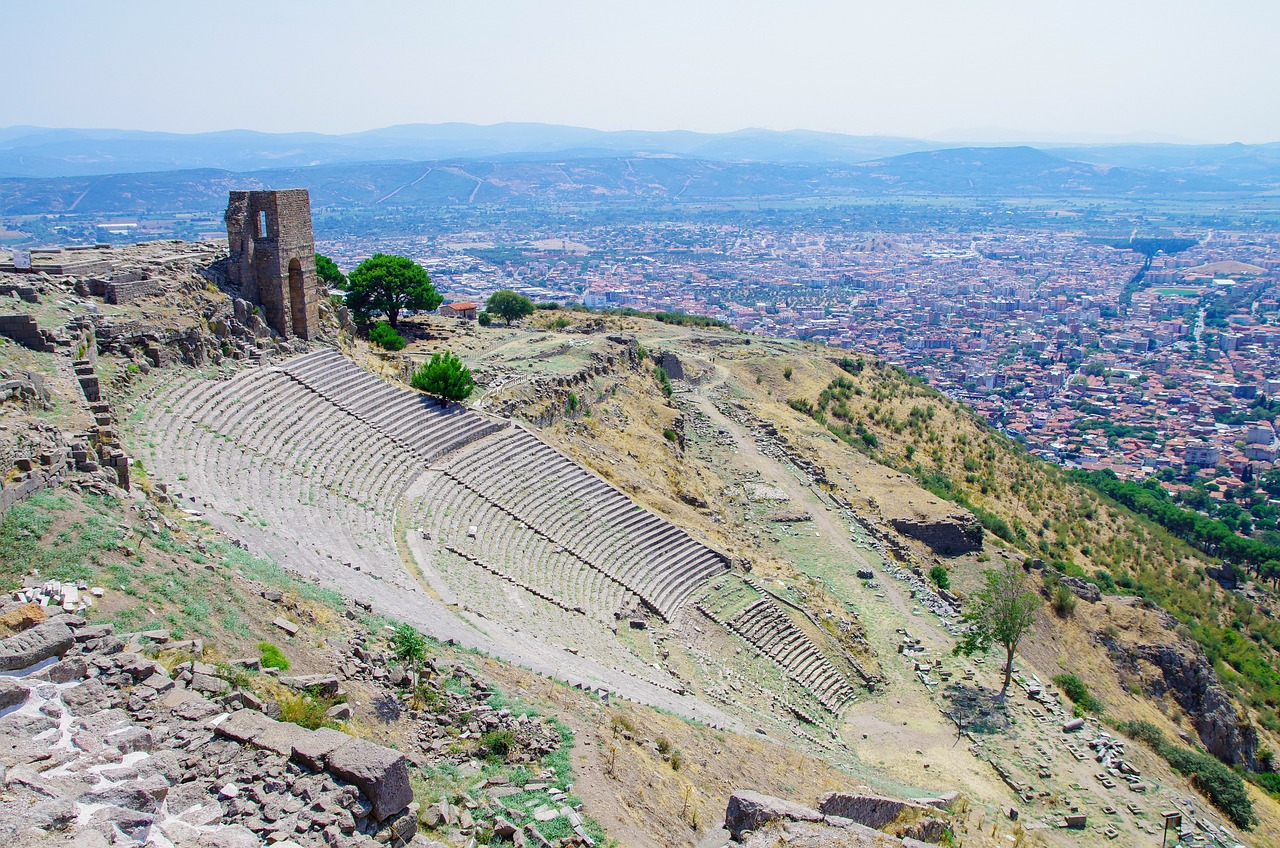
Mythological Afterlife Beliefs
Ancient civilizations held diverse beliefs about the afterlife, with myths providing vivid descriptions of what awaited individuals beyond death. These mythological afterlife beliefs played a crucial role in shaping attitudes towards mortality and influencing behavior in society. For example, the Egyptian civilization believed in the concept of the underworld, where the deceased would undergo a series of trials to reach the eternal paradise. Such beliefs not only provided comfort to the living but also served as a moral compass, guiding individuals to lead virtuous lives in anticipation of a favorable afterlife.
In Greek mythology, the afterlife was depicted as a realm ruled by Hades, where souls of the deceased journeyed after crossing the river Styx. The concept of Elysium offered the possibility of a blissful existence for those who lived honorably, while Tartarus represented a place of punishment for the wicked. These myths not only offered explanations for the mysteries of death but also emphasized the importance of ethical conduct and righteousness during one's lifetime.
Similarly, Norse mythology portrayed the afterlife as a complex realm, with warriors aspiring to reach Valhalla, the majestic hall of Odin, where they would prepare for the final battle of Ragnarok. The belief in an afterlife filled with valor and glory motivated warriors to display courage and honor in battle, shaping the values and traditions of Norse society. These myths served as a source of inspiration and consolation, instilling a sense of purpose and destiny in the hearts of the people.
Across different cultures, mythological afterlife beliefs provided a framework for understanding the transition from life to death, offering solace in the face of mortality and fostering a sense of continuity beyond the physical realm. The vivid imagery and narratives woven into these myths not only captured the imagination but also instilled a profound reverence for the mysteries of existence, reminding individuals of the interconnectedness between the living and the departed.
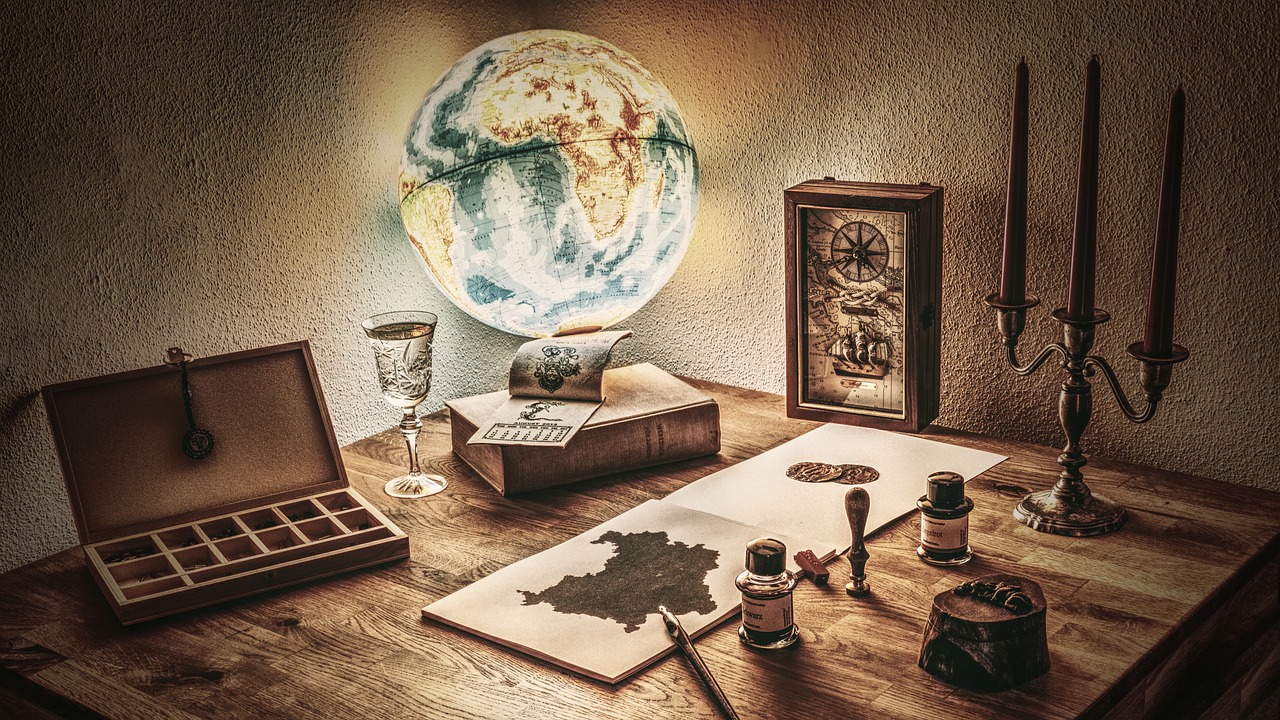
Mythical Tales of Creation and Destruction
Mythical tales of creation and destruction hold a profound significance in ancient societies, offering narratives that reflect the cyclical nature of existence. These stories often depict the birth of the world and humanity, as well as the inevitable forces of destruction that bring about renewal and transformation. In the realm of creation myths, gods and cosmic beings shape the universe through divine acts, establishing order and harmony. Conversely, tales of destruction symbolize chaos and upheaval, leading to the rebirth of civilizations and the renewal of life.
One prominent example of a creation myth is the story of the Greek god Zeus, who overthrows his father Cronus to establish a new order in the cosmos. This myth highlights the eternal struggle between old and new, emphasizing the cyclical nature of power and authority. Similarly, the Hindu creation myth of Brahma, Vishnu, and Shiva illustrates the continuous process of creation, preservation, and destruction, symbolizing the eternal cycle of life and death.
On the other hand, myths of destruction, such as the Norse Ragnarok or the Mesopotamian Enuma Elish, depict cataclysmic events that bring about the end of an era. These stories serve as cautionary tales, warning against hubris and the consequences of disrupting the natural order. Through the destruction of worlds and civilizations, these myths convey the inevitability of change and the need for adaptation and resilience.
Moreover, the intertwining of creation and destruction in mythical tales reflects the interconnectedness of all things in the universe. Just as day follows night and spring follows winter, these narratives emphasize the cyclical patterns that govern both nature and human life. By exploring the themes of birth, death, and rebirth, ancient myths seek to instill a sense of awe and wonder in the face of the mysteries of existence.

Mythological Symbolism in Art and Architecture
Exploring how myths influenced beliefs and values in ancient societies, impacting their understanding of the world and their place in it.
Art and architecture in ancient civilizations were not merely expressions of creativity but also served as powerful mediums for conveying mythological symbolism. From intricate sculptures to grand temples, mythological motifs and symbols were intricately woven into the fabric of artistic and architectural masterpieces.
For example, in Greek architecture, the iconic columns of the Parthenon in Athens were not just structural elements but also representations of the Doric order associated with strength and masculinity, reflecting the mythological tales of Greek gods and heroes. Similarly, Egyptian hieroglyphs carved on temple walls depicted stories of gods and pharaohs, blending art with religious beliefs.
Moreover, mythological symbolism in art was not limited to physical structures but also extended to paintings, pottery, and other forms of artistic expression. The intricate details in ancient artworks often carried hidden meanings, conveying moral lessons, cultural values, and religious beliefs through visual storytelling.
Through the integration of mythological symbolism in art and architecture, ancient societies were able to immortalize their beliefs, values, and narratives, creating a lasting legacy that continues to inspire and intrigue modern audiences.
- How did myths influence ancient societies?
- What is the significance of mythological symbolism in art and architecture?
- How are mythological themes still relevant in modern art and architecture?
Myths played a crucial role in shaping the beliefs, values, and behaviors of ancient civilizations, providing explanations for the unknown, offering moral guidance, and fostering a sense of community.
Mythological symbolism in art and architecture served as a visual language through which ancient societies communicated their religious beliefs, cultural values, and narratives, leaving behind a rich tapestry of symbolism for future generations to decipher.
The enduring legacy of mythological symbolism can be seen in contemporary art and architecture, where artists and architects continue to draw inspiration from ancient myths to create meaningful and thought-provoking works that resonate with audiences today.

Legacy of Mythology in Modern Thought
Mythology, with its rich tapestry of stories and symbols, has left an indelible mark on modern thought. The legacy of ancient myths can be observed in various aspects of contemporary culture, from literature to art and philosophy. These enduring tales continue to resonate with audiences today, offering insights into the human experience and shaping our understanding of the world.
One of the most significant ways in which mythology influences modern thought is through literature. Many authors draw inspiration from ancient myths, incorporating themes and characters into their works. These references add depth and complexity to storytelling, connecting contemporary audiences with timeless narratives that explore universal truths.
Furthermore, the impact of mythology can be seen in the realm of art, where artists often use mythological symbols and motifs to convey deeper meanings. From classical paintings to modern sculptures, these artistic expressions serve as visual reminders of the enduring power of myth and its ability to transcend time and culture.
Philosophically, mythology continues to provoke thought and contemplation. The themes of creation, destruction, and the nature of existence explored in ancient myths remain relevant in contemporary philosophical discourse. By engaging with these timeless ideas, modern thinkers seek to uncover profound insights about the human condition and our place in the universe.
In conclusion, the legacy of mythology in modern thought is a testament to the enduring power of storytelling and symbolism. By embracing the myths of the past, we enrich our understanding of the present and pave the way for a future shaped by the wisdom of ancient civilizations.
Frequently Asked Questions
- What is the significance of myth in ancient worldviews?
Myths played a crucial role in shaping ancient worldviews by providing explanations for the origins of the world, human existence, and natural phenomena. They influenced beliefs, values, and societal norms, offering moral guidance and reflecting cultural ideals.
- How did myths impact ancient societies?
Myths influenced behavior, rituals, and artistic expressions in ancient civilizations. They fostered a sense of community through shared narratives and rituals, reinforced cultural norms, and provided a framework for understanding the world and one's place in it.
- What role did mythical creatures and monsters play in ancient myths?
Stories of mythical creatures and monsters symbolized fears, desires, and moral lessons in ancient societies. They provided explanations for the unknown, represented internal and external conflicts, and emphasized the importance of overcoming challenges.
- How do myths continue to influence modern thought?
The legacy of mythology can be seen in contemporary literature, art, and philosophy, where themes, symbols, and narratives from ancient myths are reinterpreted and reimagined. They continue to shape cultural values, inspire creativity, and offer insights into human nature.













